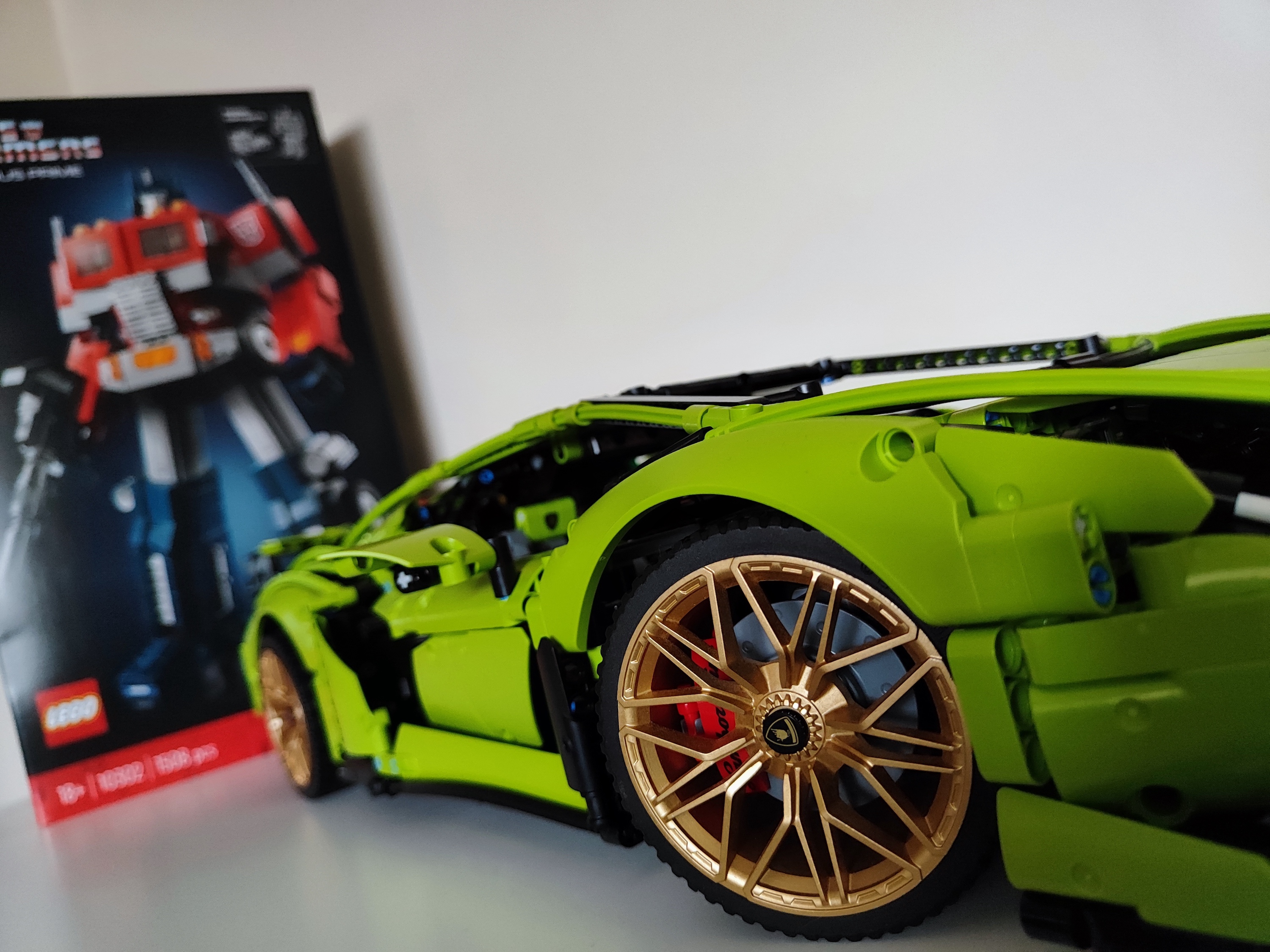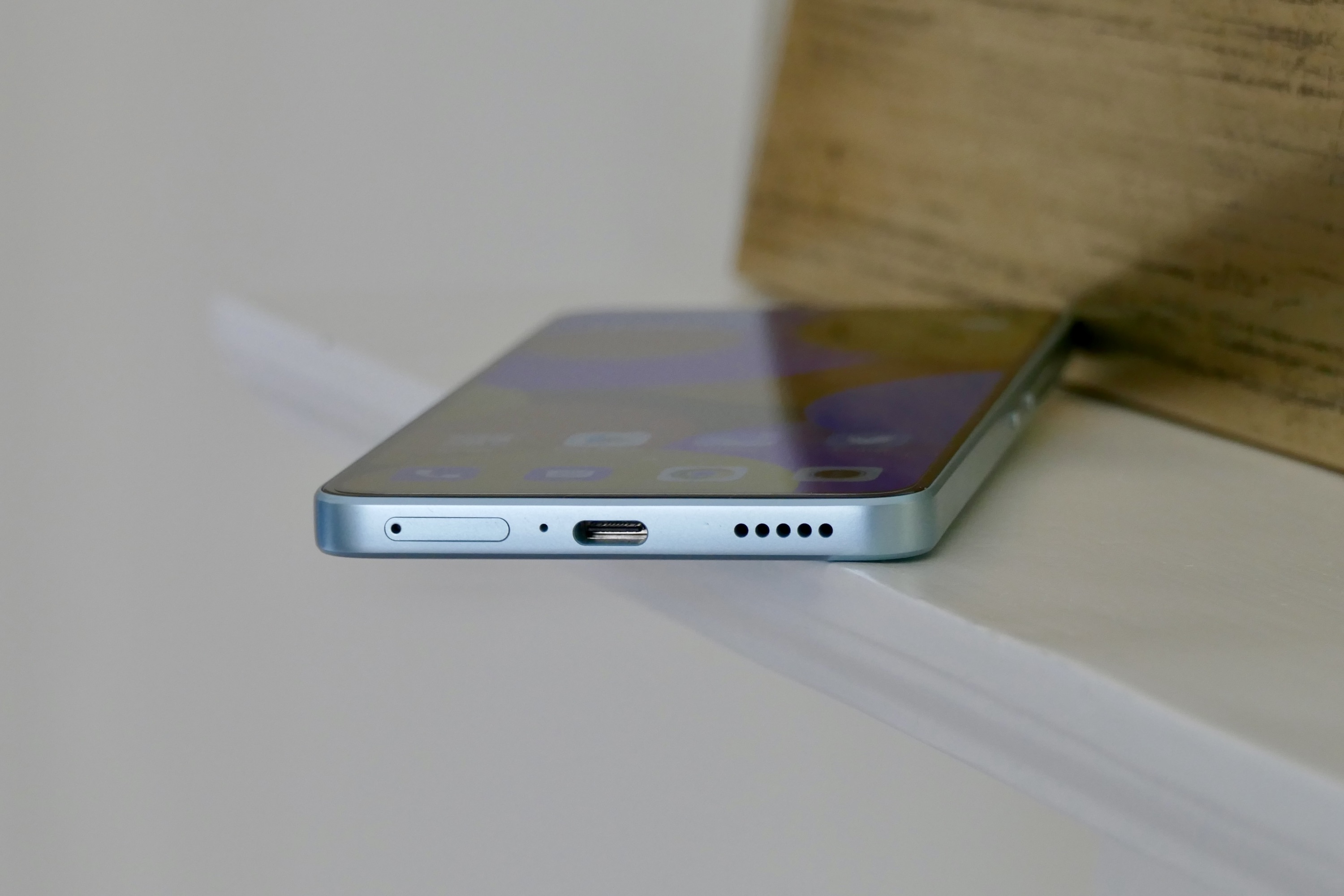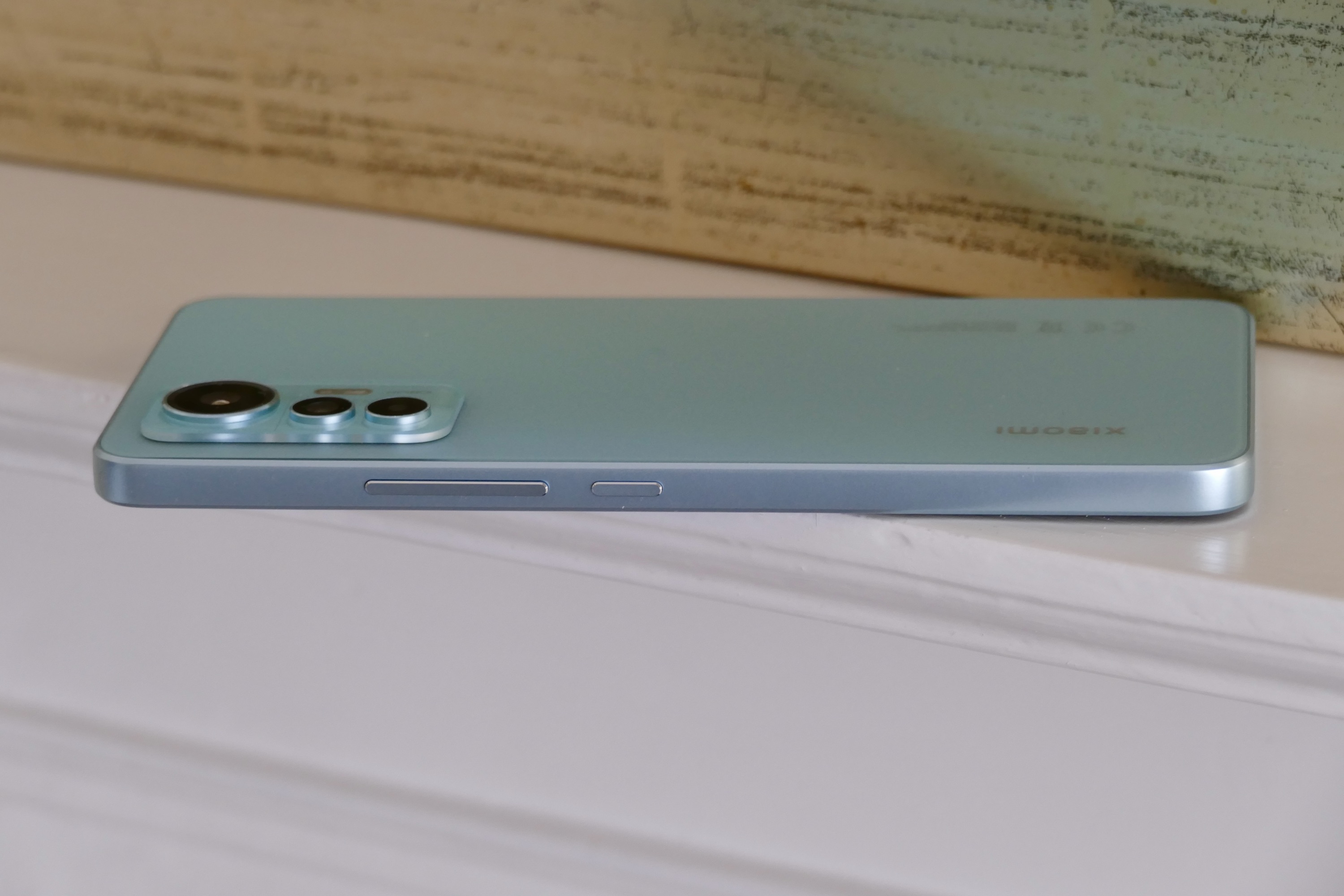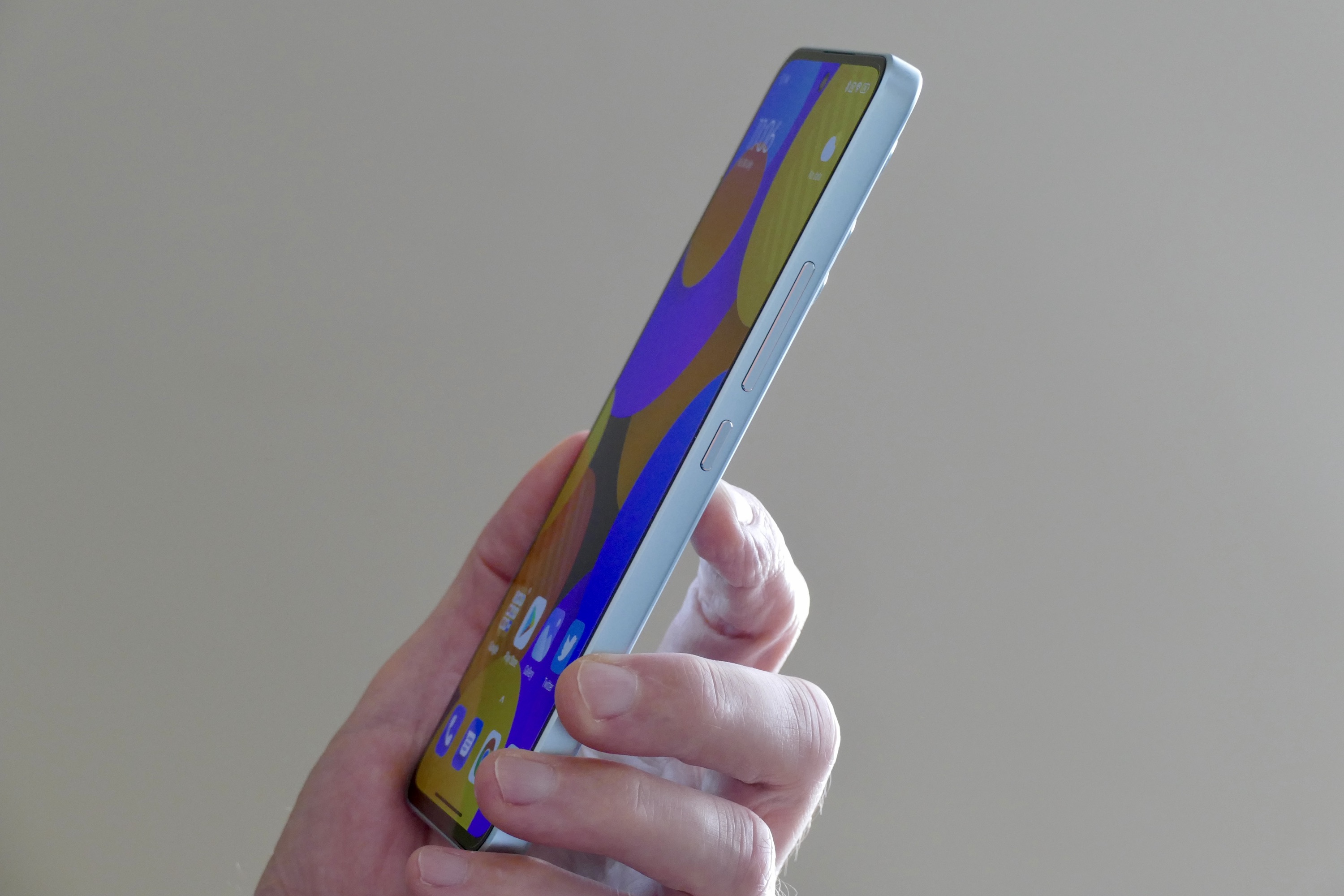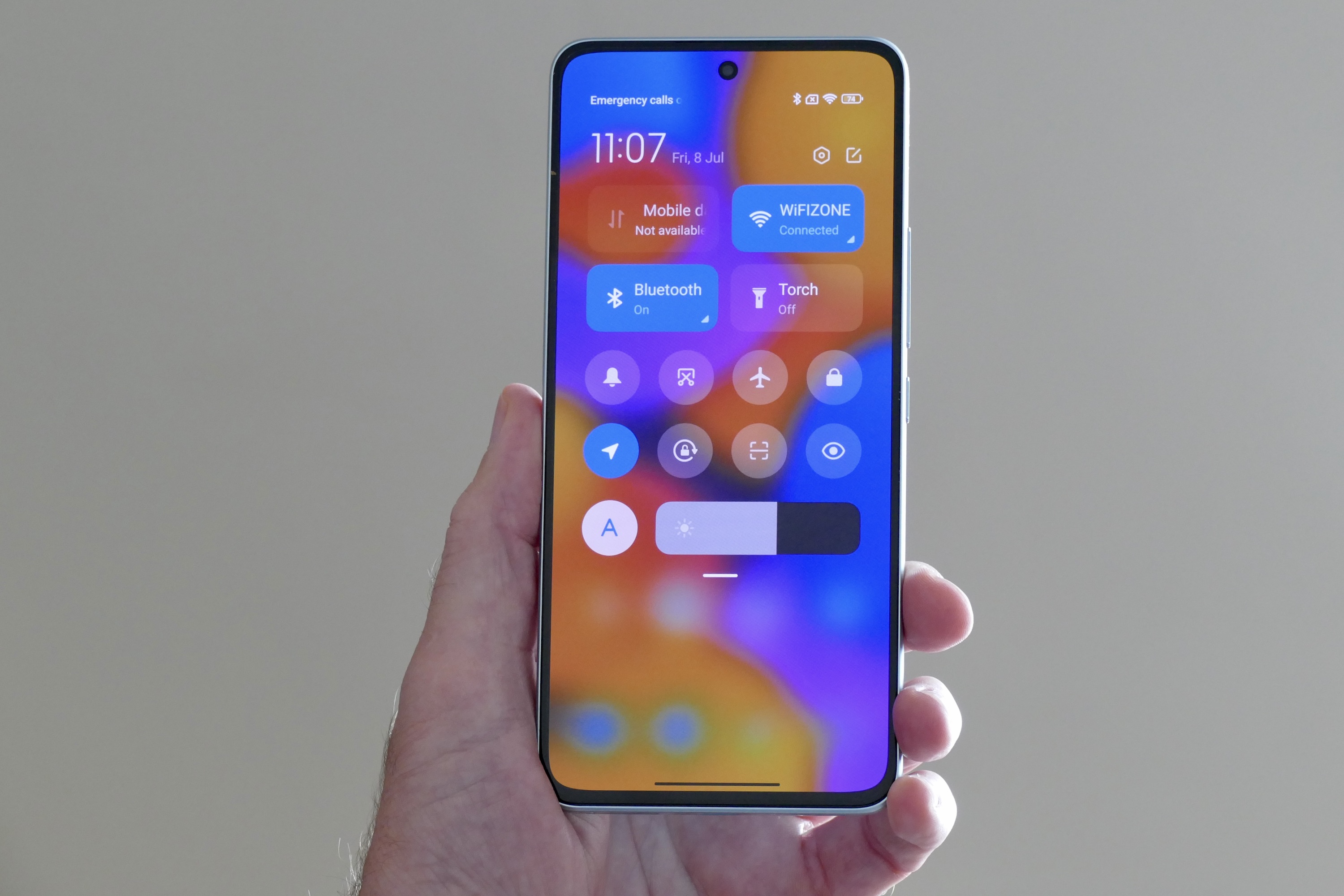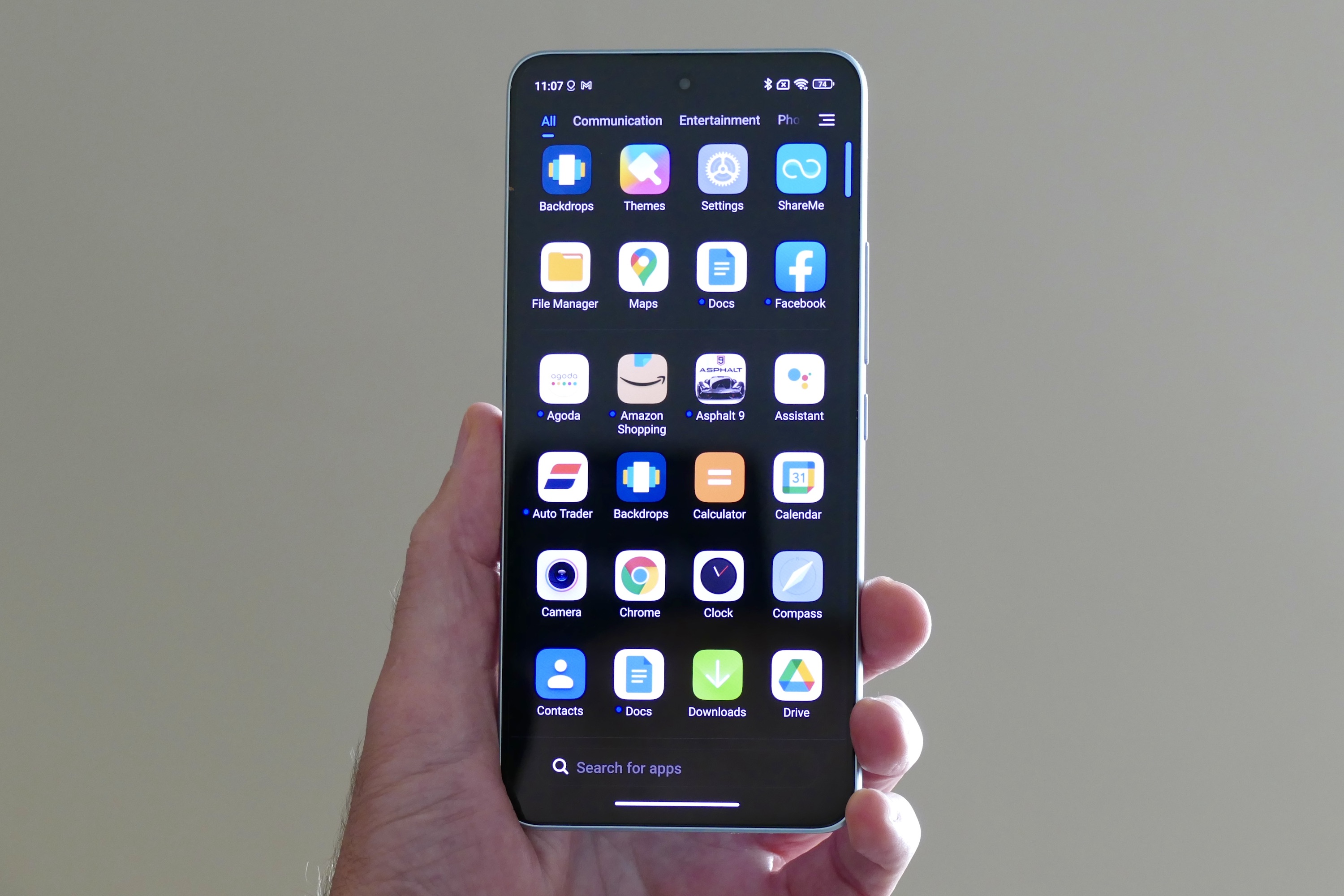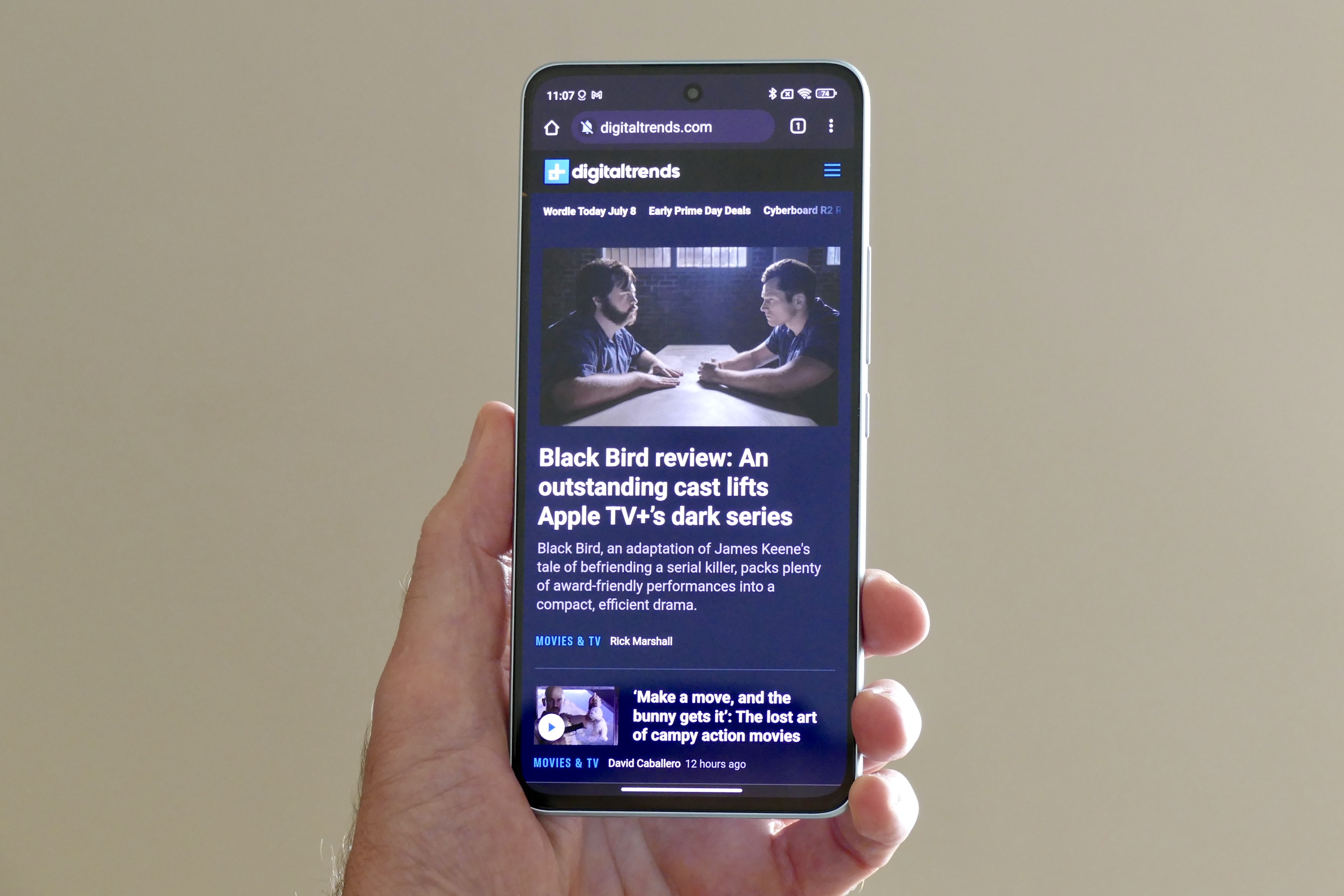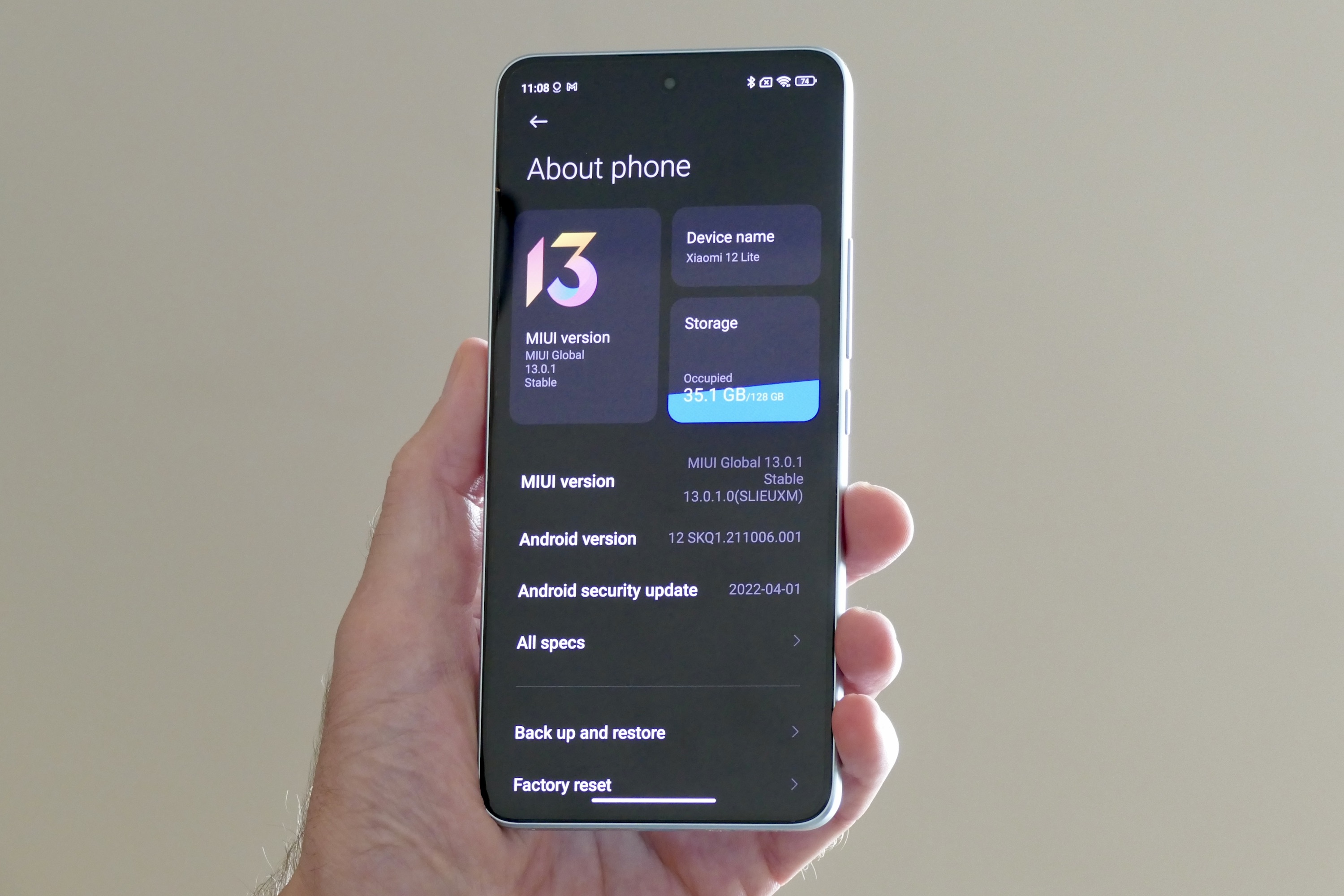If a smartphone maker is going to take design inspiration from the flat-sided Apple iPhone 13 series, then it at least should make some improvements to it. The look of the Xiaomi 12 Lite has clearly been influenced by the iPhone 13, so has the company done the decent thing?
I’m very pleased to say it has beaten Apple in one crucial aspect: in-hand comfort. Plus, the phone itself is primed and ready to take on several of the most anticipated Android phones of 2022. It’s definitely hot, but is it just a bit too hot?
More comfortable than the iPhone 13
The iPhone 12 and iPhone 13’s squared-off, flat-sided look is excellent. But if you hold any of the phones without a case, they can quickly become uncomfortable as the sharp edges soon dig into your palm. It’s far from the end of the world, and if you use a case — which most will — you won’t even notice. However, after the extreme comfort of the iPhone 11 series, the redesign for the iPhone 12 and iPhone 13 was jarring to long-time Apple phone owners.

Step forward Xiaomi and the Xiaomi 12 Lite. The phone has flat sides, but some careful chamfering has rounded the sharper edges that come with this design choice, and it has worked wonders for the in-hand feel. Hold an iPhone together with it and the difference is clear, as the Xiaomi 12 Lite nestles rather than digs into your fingers and palm. It means you can comfortably use it without a case.
The Xiaomi 12 Lite weighs 173 grams and is only 7.2mm thick, which helps with its comfort, and makes it easy to slip into your pocket. It’s available in three colors, the beautiful Lite Green in our photos, a Lite Pink, or a simple black version. Despite the Lite name, the phone is made from glass and aluminum, and not plastic as you may expect. The camera module stands proud of the flat rear panel and contains three cameras, while the etched line separating them gives it an unusual look.

The Xiaomi 12 Lite may not have the most original design, but it does fix the one bad thing about flat-sided phones, and that makes the style choice much easier to forgive.
Mixed camera performance
The main camera is the Xiaomi 12 Lite’s headline feature. It’s a 108-megapixel, Samsung-produced HM2 sensor, complete with features like eye tracking to help with pinpoint focusing when taking photos of people. It’s joined by an 8MP wide-angle camera and a 2MP macro camera. On the front is a 32MP selfie camera in a top-center hole-punch cutout.

Based on the short time I’ve used the camera, I’ve come away fairly pleased. Photos have that very distinct Xiaomi look to them, meaning electric blues and greens, and an often detail-obscuring approach to exposure. The wide-angle camera is the worst culprit, and because of the low megapixel count, it doesn’t pull in much detail either. The main camera really does amplify colors, and if that’s not your thing, you probably won’t like the results very much.
It’s worth mentioning the eye tracking, which is not something seen on many phones outside of some Sony Xperia devices. It’s useful when you want to take great portrait shots, as professional photographers use the eye as a focal point to ensure someone’s face really stands out in the photo. It works quickly and effectively on the Xiaomi 12 Lite, so if you take a lot of photos of your friends, you may find the 12 Lite punches above its weight here.
Too hot to handle
Inside the Xiaomi 12 Lite is the Qualcomm Snapdragon 778G processor with either 6GB or 8GB RAM and 128GB or 256GB storage space, depending on which version you buy. You look at a 6.55-inch AMOLED screen with a 2400 x 1080 pixel resolution, a 120Hz refresh rate, plus a 240Hz touch sampling rate, and HDR10+ certification. There’s a 4,300mAh battery with 67W fast charging, designed to take the battery to full in about 40 minutes.
The processor seems to work pretty hard inside the Xiaomi 12 Lite, as during my early tests it has got noticeably warm, and bordering on hot when playing games. A short 30-minute session with Asphalt 9: Legends saw the back of the phone get toasty, with much of the heat gathering at the top end of the phone, and therefore directly under where you hold the device. It was never too hot to hold, but the warmth was far higher than most phones I use, and definitely noticeable almost immediately.
What could cause this? It may be a software issue, rather than anything to do with the processor or phone design. My review phone has the latest version of Xiaomi’s MIUI over Android 12 but has not been updated since I’ve used it, and this has been ahead of the final public release. I haven’t used the Xiaomi 12 Lite for long enough to establish reliability, or how long the battery will last. The software is the same as that found on the Xiaomi 12 Pro and I’d expect to face the same issues. Beyond that, the battery capacity is quite small compared to phones like the Samsung Galaxy A53, and it may struggle to last beyond a full day if you play a lot of games. Especially if it always runs hot.
Back on the positive side, the screen is very attractive, although by default it’s set at 60Hz, so make sure you change this to 120Hz immediately. Without it, text blurs unpleasantly when you scroll. Watching video shows off the Xiaomi 12 Lite’s stereo speakers. Unfortunately, they don’t have masses of bass as you’d expect, and above about 70% volume, distortion soon makes you turn it down. They definitely get loud, but it’s not the most refined audio experience.
A competitive deal (if you can get it)
Xiaomi has priced the 12 Lite at $399 for the 6GB/128GB version, and up to $499 for the top 8GB/256GB model. Although Xiaomi has provided U.S. prices, the 12 Lite almost certainly won’t be released in the country. At the very least, it is going to be available “internationally.” Xiaomi hasn’t confirmed exactly where yet, but we expect Europe and India to be on the list, and potentially the UK, too.

At this price, the Xiaomi 12 Lite goes up against the Samsung Galaxy A53 5G, and based on the specifications, it’s likely to face competition from the forthcoming Nothing Phone 1 and the Google Pixel 6a. Samsung’s Galaxy A53 5G is a great buy, but even in the short time I’ve used the Xiaomi 12 Lite, the performance from the Snapdragon 778G chip is noticeably smoother and faster than the A53’s Exynos chip. However, the fact it gets pretty hot can’t be overlooked, as the A53 runs considerably cooler.
If you’re interested in the Xiaomi 12 Lite, we’d suggest not only considering the Galaxy A53, but also holding out and seeing what Nothing delivers with the Phone 1, and also how good the Pixel 6a’s camera turns out to be.





